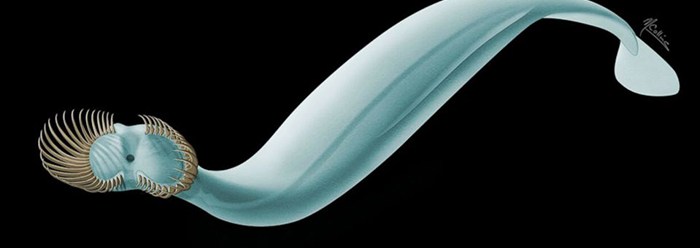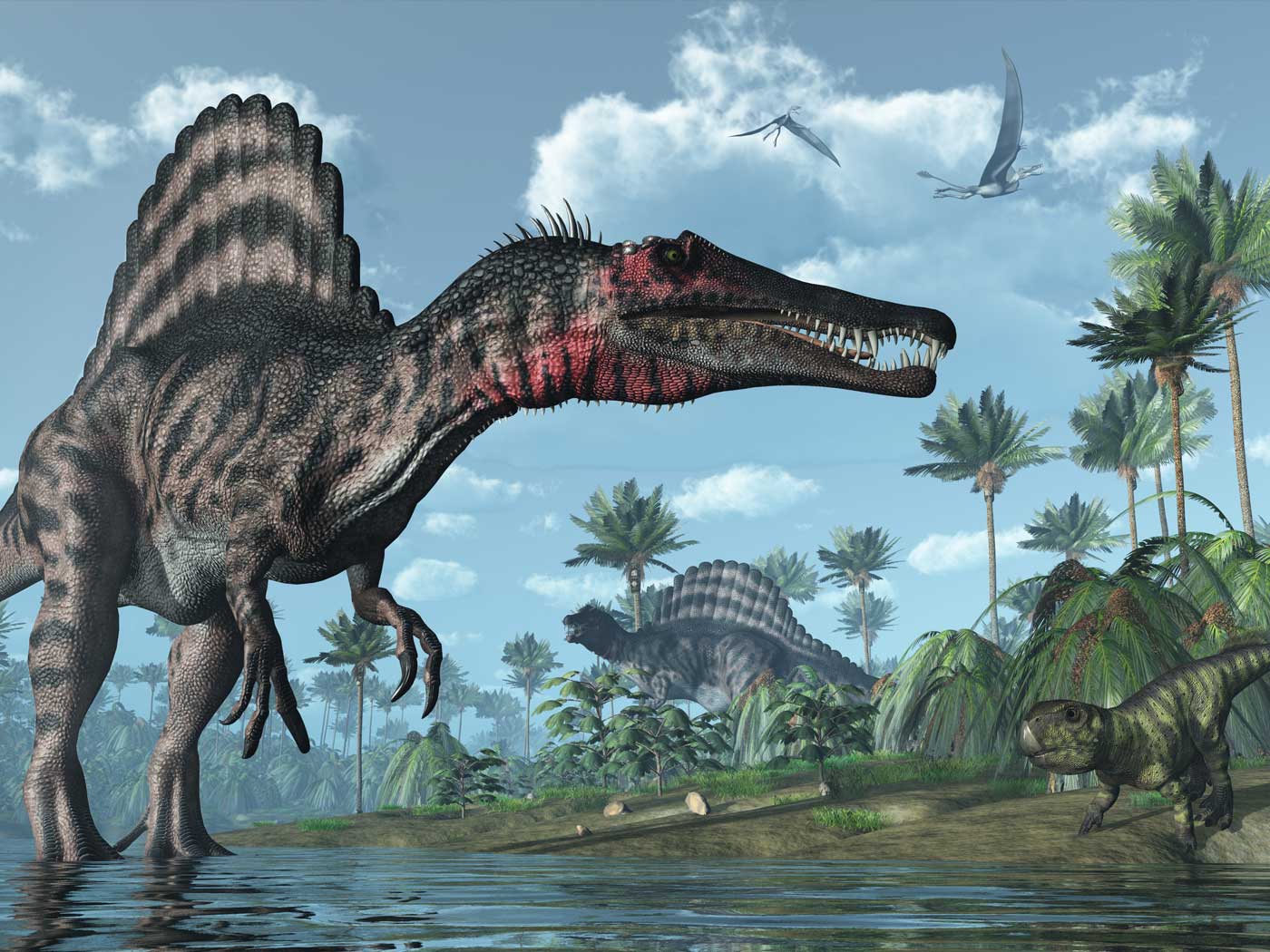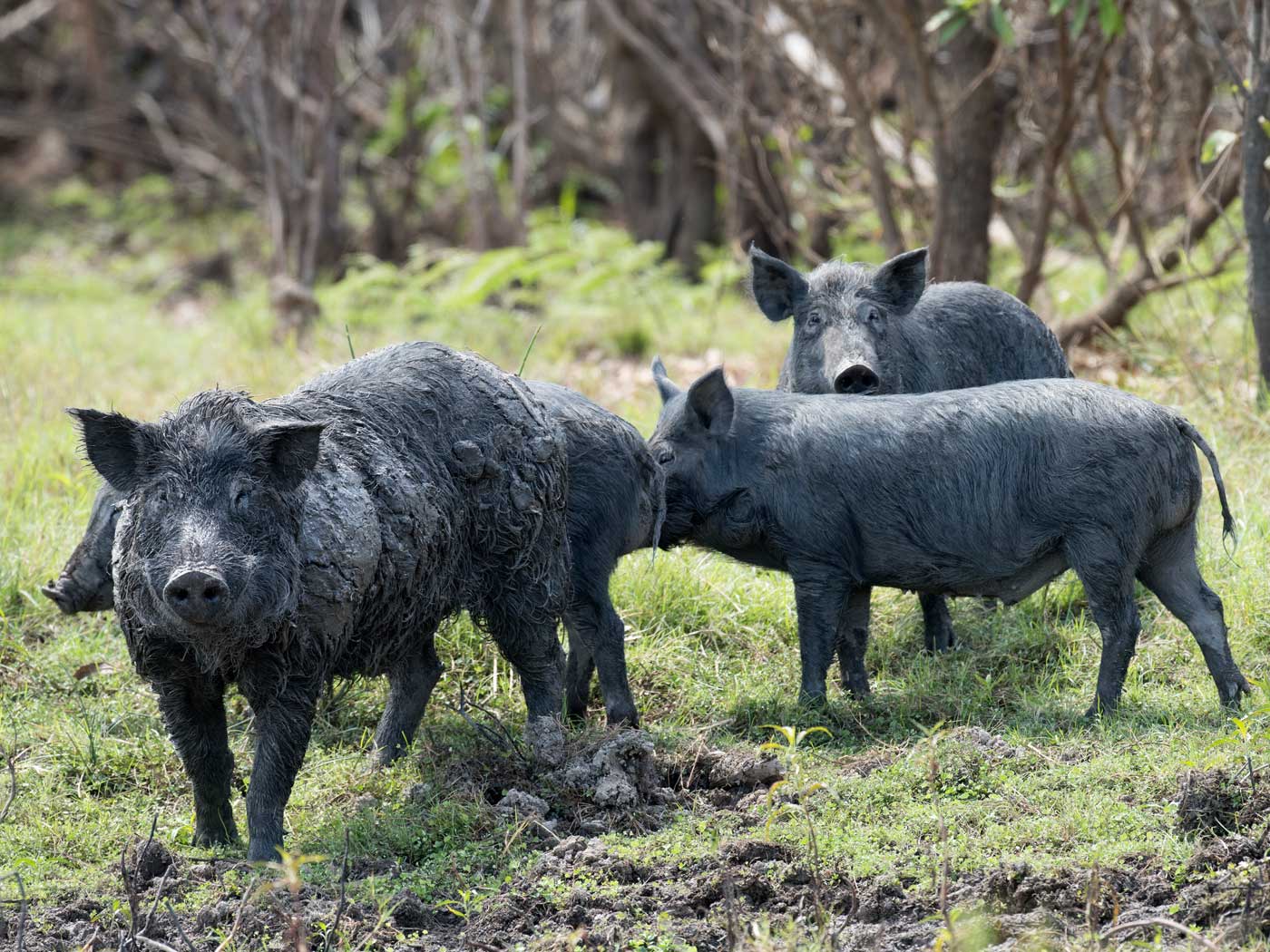Paleontologists have unearthed yet another bizarre creature, this time in British Columbia, Canada, from sediments alleged to be 541 million years old.1,2
Called Capinatator praetermissus, or grasping swimmer, this small sea worm was armed with 50 spines arrayed on its head and was evidently able to feed on creatures with its Venus flytrap-like head and mouth. Evolutionists feel this new genus of animal is an evolutionary ancestor that led to the Phylum Chaetognatha (arrow worm) that currently inhabits the world’s oceans. But is it?
Apart from both creatures being marine worms and having food-catching spines, there seems to be significant differences between Capinatator and the modern arrow worm. Chaetognatha are designed with horizontal fins that flank the tail and trunk. Capinatator lacked these fins, as well as the eyes and specialized teeth of arrow worms today. It also had a lot more facial spines. Claiming the finless, eyeless, and toothless Capinatator is an arrow worm ancestor seems to be a subjective speculation at best.
Fossil discovery was exceptionally well preserved, so good that even soft tissue was saved. ![]()
In addition, this fossil discovery was exceptionally well preserved, “so good that even soft tissue was saved.” Could this not indicate a rapid burial and preservation produced via a massive flood? And shouldn’t soft tissue rot away to nothing long before 541 million years?
The PhysOrg article states this discovery “offers a glimpse into the Cambrian explosion of life on Earth.” Apart from the greatly inflated ages, the Cambrian explosion is exactly what the Flood geologist would predict based on Genesis chapters 6-9. Creatures with virtually all phylum-level body designs suddenly appear in the fossil record complete and fully-formed including arthropods (e.g., trilobites), brachiopods, chordates (e.g., fish found in the Lower Cambrian), echinoderms, mollusks, onycophorans and priapulids. These are all complex creatures.
The Cambrian explosion is exactly what the Flood geologist would predict based on Genesis. ![]()
It seems that the puzzling Capinatator is a unique sea worm that was created fully-formed during creation week and became extinct during the Flood just thousands of years ago—similar to many modern life forms but ancestor to none.
References
- Borenstein, S. Scientists ID tiny prehistoric sea worm with 50 head spines. PhysOrg. Posted on physorg.com August 3, 2017, accessed August 5, 2017.
-
Briggs, E. G. D. and Caron J.-B. A Large Cambrian Chaetognath with Supernumerary Grasping Spines. Supplemental Information. Current Biology. 27. DOI: http://dx.doi.org/10.1016/j.cub.2017.07.
003
Stage Image: Copyright © 2017 M. Collins / Royal Ontario Museum. Used in accordance with federal copyright (fair use doctrine) law. Usage by ICR does not imply endorsement of copyright holder.
*Mr. Sherwin is Research Associate, Senior Lecturer, and Science Writer at the Institute for Creation Research.
Article posted on September 5, 2017.























